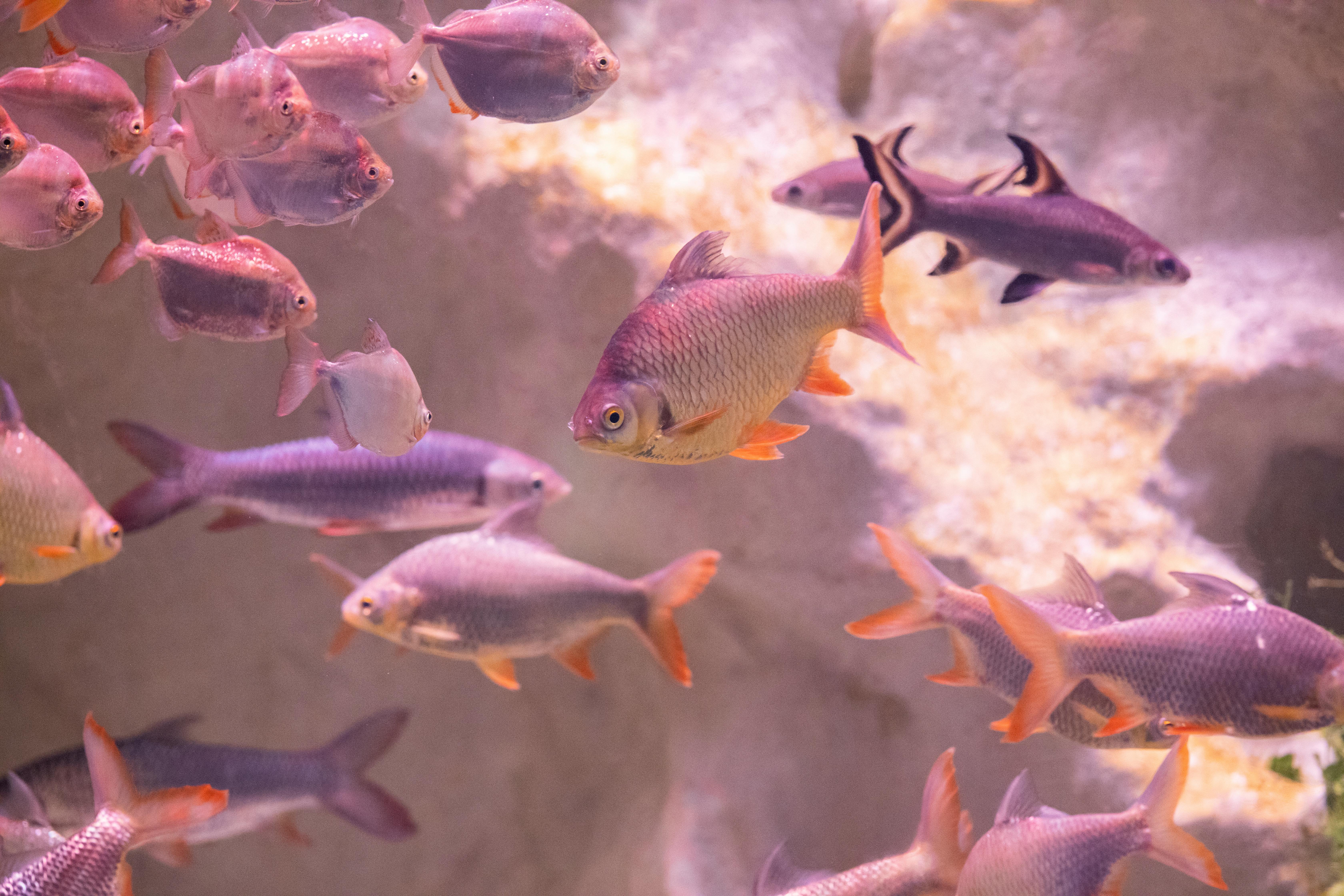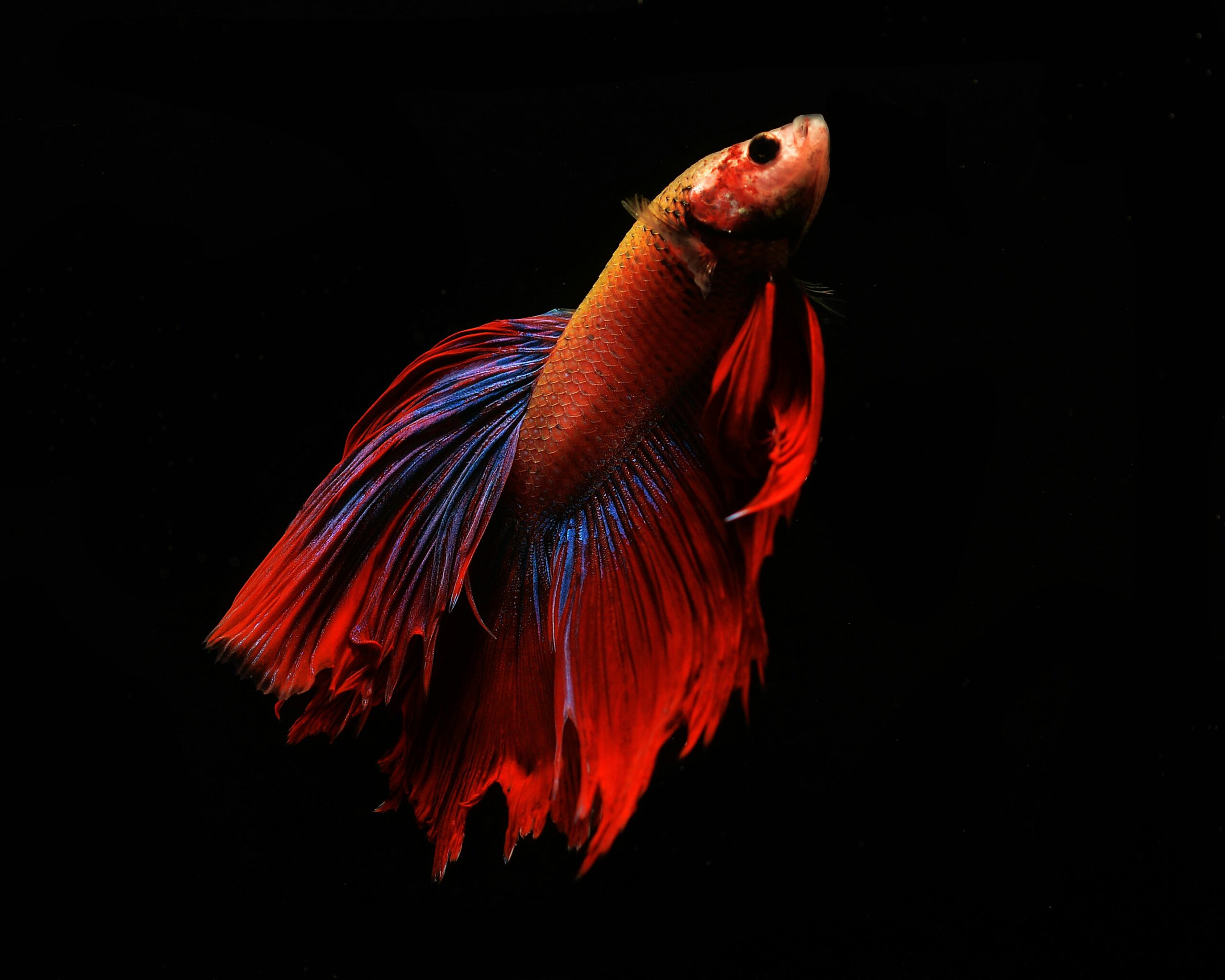Smart Ways to Set Up Your Starter Fish Tank in 2025 for Healthy Aquatics
Setting up your first fish tank is an exciting venture that opens the door to the captivating world of aquatic life. For those looking to embark on this journey in 2025, embracing modern techniques and products can help ensure a thriving environment for your fish. This beginner aquarium setup guide not only emphasizes the essentials for a healthy aquarium but also reflects the latest advancements in fishkeeping technology. From choosing the right fish tank to understanding the nuances of fish tank maintenance, this article serves as your comprehensive roadmap.
The prospects of owning a starter fish tank include enhancing your living space, learning about aquatic ecosystems, and experiencing the joy of keeping fish. Each step you take towards creating your underwater paradise is pivotal for the fish’s wellbeing. This article will discuss essential fish tank equipment, aquarium filtration systems, beginner fish species, and best practices for maintaining a vibrant aquatic community.
Prepare to dive into everything you need to know, including tank sizes and dimensions, step-by-step cycling processes, and tips for selecting the best substitutes and decorations. By the end of this guide, you will be well-equipped to create a safe, beautiful, and healthy environment for your aquatic friends.

Essential Equipment for Your Starter Fish Tank
When setting up a starter fish tank, having the right equipment is critical. Your beginner aquarium setup should include an appropriate tank size, an efficient filtration system, and the necessary accessories that promote a sustainable aquatic environment. Understanding fish tank essentials ensures you create a thriving habitat for your new pets.
Choosing the Right Fish Tank Size
One of the first steps in setting up your starter fish tank is determining the right size and shape for your space. Fish tank sizes and dimensions can vary significantly, and your choice will depend on several factors, including available space, intended fish species, and community setup. For beginners, a tank size between 20 to 40 gallons offers a stable environment with less fluctuation in water parameters, making it easier to maintain.
Understanding the appropriate tank size for your chosen fish also plays a crucial role in their health. Overcrowding can lead to stress and poor water quality. Always refer to a fish tank stocking guide as you select your aquatic companions, ensuring compatibility and well-being.
Understanding Filtration Options
An aquarium filtration system is another vital component for maintaining a healthy fish tank. It works to keep the water clean by removing waste and uneaten food, preventing harmful toxins from building up. There are three main types of filtration systems to consider: mechanical, biological, and chemical filtration, each playing a role in promoting water quality.
For beginners, a combination filter is typically recommended as it offers all three filtration types. The best filters for beginner tanks can efficiently cycle the water while ensuring a stable environment. Regular maintenance of the filter is essential for ideal water conditions, and understanding the nuances of aquarium filter maintenance can aid in avoiding most common mistakes.
Essential Fish Tank Accessories
In addition to the tank and filtration system, various essential fish tank accessories will enhance the aquatic environment. These include a heater, which is crucial for tropical fish, and an aquarium light that provides appropriate illumination for both the fish and plants. Lighting can significantly affect fish behavior, growth, and plant health, so selecting the right aquarium lighting options is key.
Moreover, consider including decor elements such as rocks, plants, and substrate. Choosing fish tank decorations is not only about aesthetics but also provides enrichment for fish, allowing them to exhibit natural behaviors.

Understanding the Cycling Process
Now that you have your equipment ready, understanding how to cycle a fish tank is integral to its long-term health. Fish tank cycling is the process of establishing beneficial bacteria necessary to break down toxic waste, a critical element in setting up an aquarium.
The Nitrogen Cycle Explained
The nitrogen cycle involves converting ammonia from fish waste into nitrites and then into nitrates, which are less harmful. Initially, a cycle typically takes 4-6 weeks to complete, so patience is essential. Start by introducing a small amount of fish, or even an ammonia source, to kickstart this process. Learn more about the fish tank cycling process to ensure successful tank establishment and maintain optimal water conditions for your fish.
Common Cycling Mistakes to Avoid
As you cycle your tank, certain pitfalls may hinder success. Overloading the tank with too many fish or skipping water tests can lead to spikes in toxins, which can harm your fish. It’s essential to utilize aquarium test kits to monitor ammonia, nitrite, and nitrate levels throughout the cycle. Developing a fish tank care schedule that includes these tests can prevent unforeseen problems.
Signs of a Successfully Cycled Tank
Once your fish tank is properly cycled, you should observe stable and low levels of ammonia and nitrites, while nitrates start to accumulate. This balanced state confirms that the beneficial bacteria are thriving, allowing for a healthy environment as you begin to introduce more aquatic species. Understanding fish behavior during this phase will give insights into their health and the effectiveness of your cycling process.
Choosing the Right Fish for Beginners
With your tank set up and cycled, it’s time to populate it with the right fish. Selecting beginner fish species that are hardy and easy to care for can enhance your experience as a new aquarist.
Best Fish for Your Starter Tank
When considering the best fish for beginners, look for species that are adaptable and can thrive in community tanks. Guppies, tetras, and danios are popular choices due to their peaceful nature and compatibility with one another. Additionally, they exhibit lower stress levels, making them ideal for novice fish keepers.
Understanding Fish Compatibility
Ensuring compatibility among tank mates is vital for maintaining peace in the aquatic community. Conducting research on fish compatibility charts can help you identify which species can coexist without territorial disputes or aggression. Keeping a balanced fish tank is essential for less stress and better overall health.
Caring for Your New Fish
Once your fish are in their new home, it’s important to maintain a consistent feeding schedule and monitor their health closely. Regular fish tank maintenance tips, such as cleaning routines and water changes, play an integral role in creating a balanced environment. Proper feeding practices contribute to growth and health, while regular observation can help prevent potential issues down the line.
Maintaining Your Fish Tank
After establishing your aquarium, ongoing maintenance will be necessary to ensure a thriving aquatic ecosystem. Understanding aquarium maintenance helps you keep fish happy and healthy.
Creating a Routine for Fish Tank Cleaning
A clear fish tank cleaning routine should be part of your schedule. Plan for partial water changes every 1-2 weeks depending on the size of your tank and the number of fish. Learn about fish tank maintenance frequency to determine the best timing for water changes, testing, and filter cleaning to avoid stress and discomfort for your fish.
Handling Aquarium Algae
Algae can become a nuisance in a fish tank if proper measures are not taken. Implementing proactive aquarium algae management requires a balance of light and nutrients. Regular cleaning, adequate water circulation, and introducing algae-eating fish can keep this problem at bay. Consult with your local fish store for solutions tailored to your aquarium’s needs.
Recognizing Signs of Fish Stress or Illness
Monitoring the behavior and health of your fish regularly can prevent outbreaks of illness. Look for signs such as unusual swimming patterns, lack of appetite, or changes in color. Understanding fish behavior and health indicators can be vital in acting quickly to treat issues, maintaining your fish tank’s long-term health.
Conclusion: Your Aquatic Journey Begins
Setting up a starter fish tank in 2025 brings excitement and responsibility but becomes easier with informed preparation and care. By focusing on essential fish tank equipment, understanding the cycling process, carefully selecting beginner-friendly fish, and establishing a solid maintenance routine, you’ll be well on your way to enjoying a vibrant aquatic ecosystem.
Stay connected with resources that offer tips and practical techniques for enhancing your fishkeeping experience. For in-depth guides on fish tank care and equipment, visit here or explore further here.
